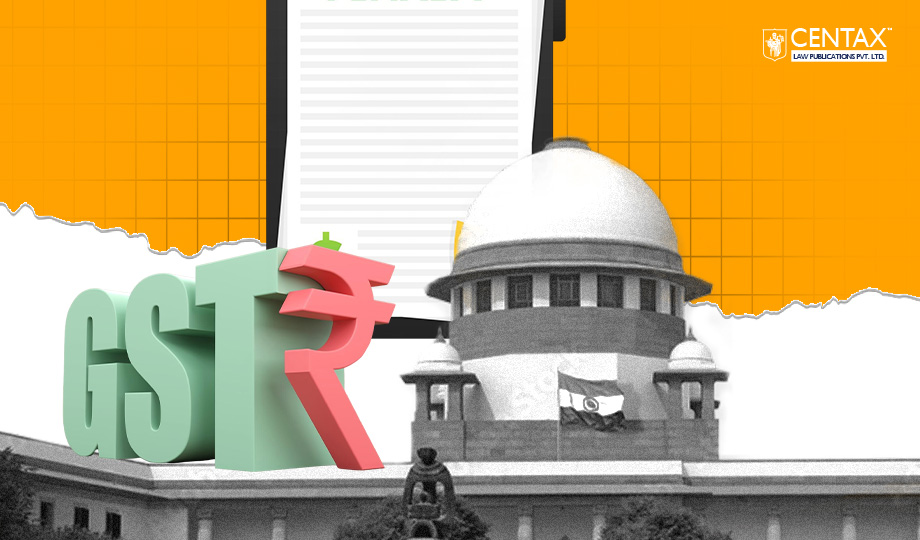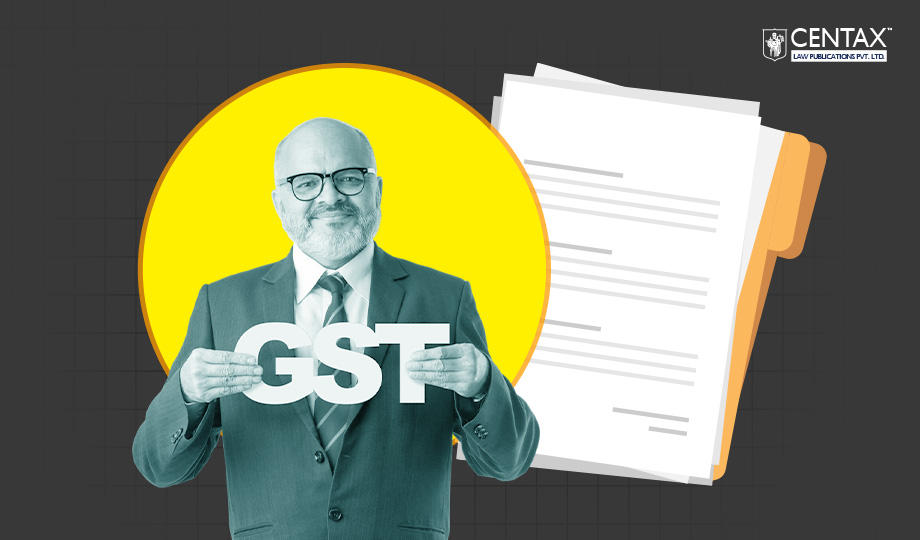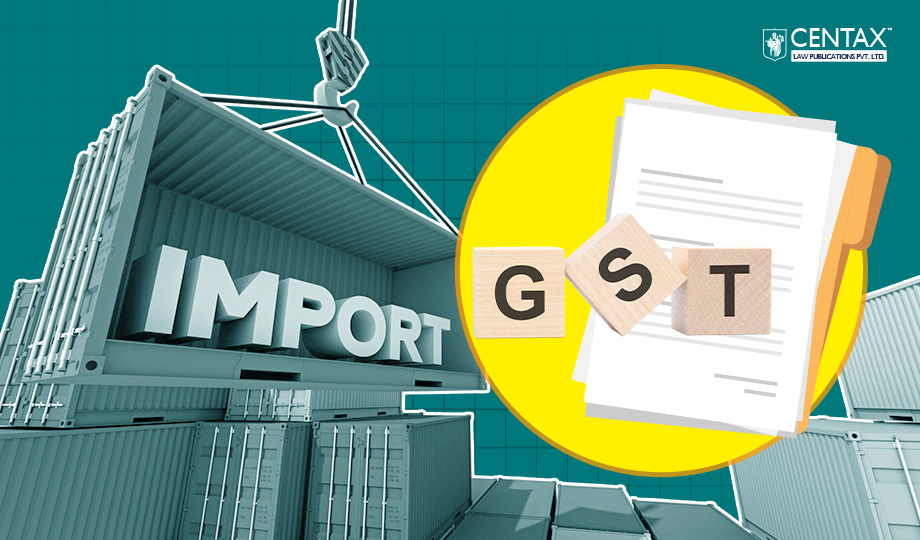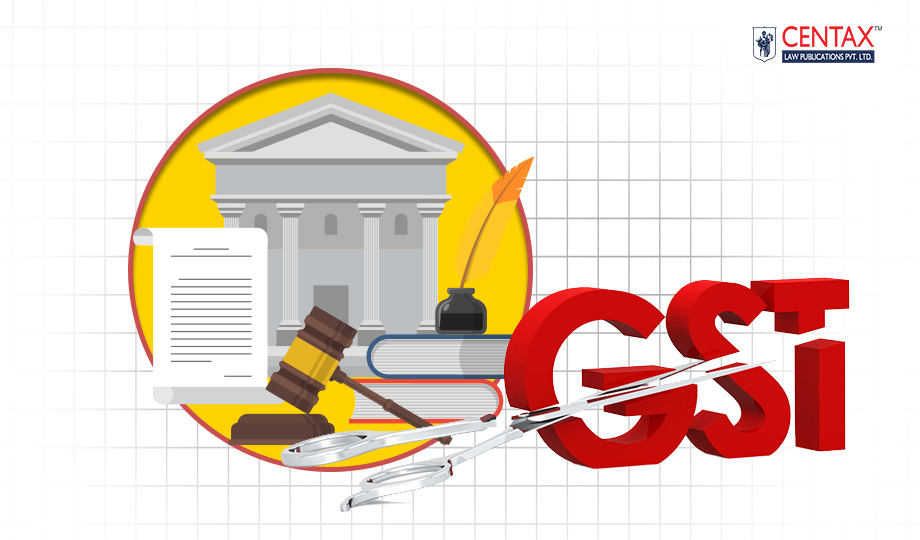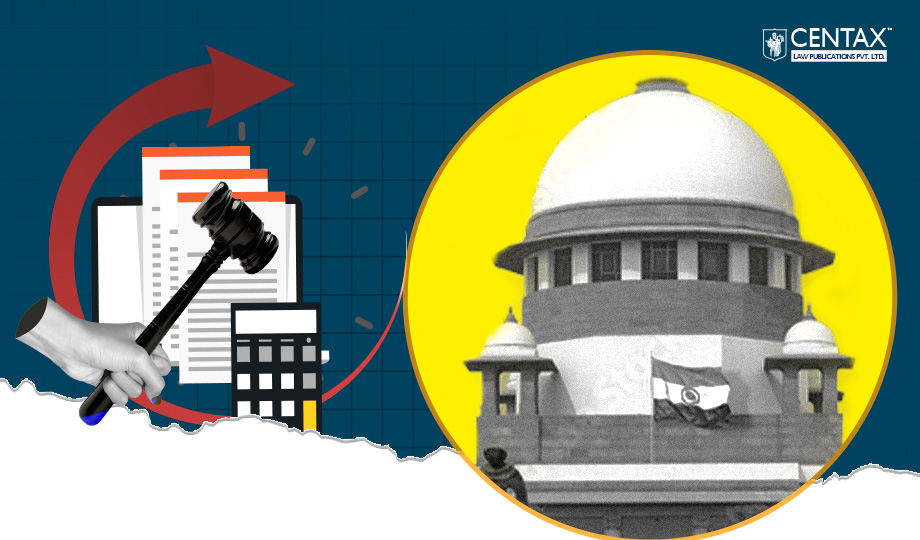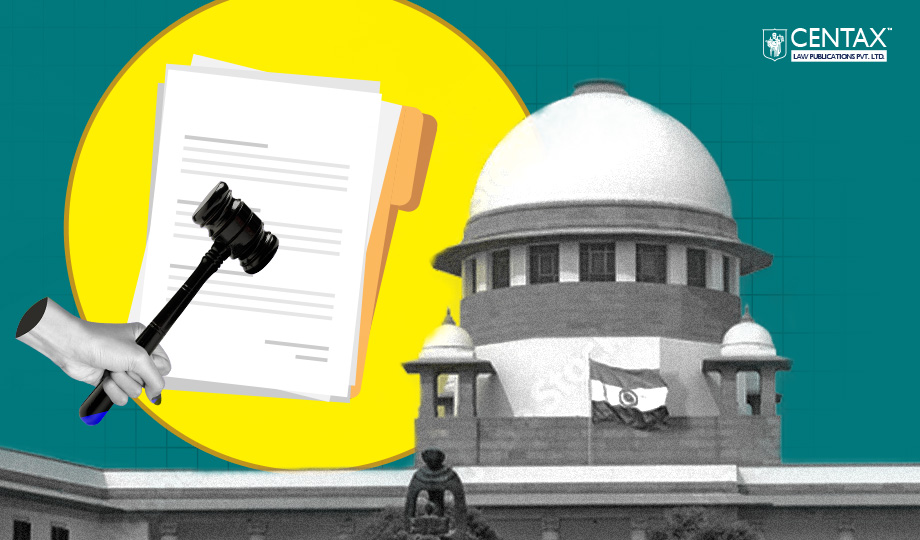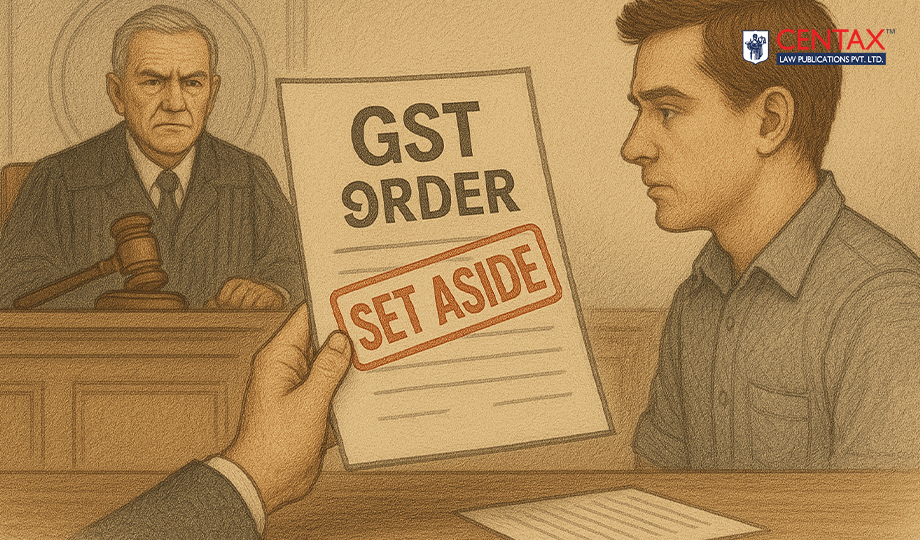
Case Details: Grasim Industries Ltd. Versus Union of India (2025) 29 Centax 262 (Guj.)
Judiciary and Counsel Details
- Bhargav D. Karia & D.N. Ray, JJ.
- Shri Dhaval Shah, for the Petitioner.
- S/Shri CB Gupta, Siddharth H Dave for the Respondent.
Facts of the Case
The petitioner, engaged in the manufacture of Viscose Filament Yarn, operates multiple units across India, including a manufacturing facility in Maharashtra and a godown in Surat, Gujarat. Upon obtaining a new GST registration for the Surat godown, the petitioner began transferring goods to that location with applicable GST duly paid. However, during the course of filing Form GSTR-1 returns for the relevant period, the petitioner inadvertently mentioned the old Gujarat GSTIN instead of the newly registered one. This led to a mismatch between the details reported in Form GSTR-1 and those reflected in Form GSTR-3B. Upon identifying the error, the petitioner rectified it within the statutory period prescribed under Section 37(3) of the CGST Act, and the corrections were duly captured in Form GSTR-2A and Form GSTR-9. Despite this, the department issued a show cause notice alleging excess availment of Input Tax Credit (ITC) under Section 16(2)(c), and raised a demand.
In response, the petitioner filed a comprehensive reply, enclosing reconciliation statements and audit confirmations to demonstrate that the mismatch arose from a clerical error and that tax had been fully paid. Nevertheless, the adjudicating authority passed an Order-in-Original confirming the demand without addressing the petitioner’s submissions. A subsequent rectification application under Section 161 was also summarily rejected, prompting the petitioner to approach the Gujarat High Court by way of a writ petition.
High Court Held
The Hon’ble Gujarat High Court found that the petitioner had not availed any excess Input Tax Credit and that the mismatch between Form GSTR-1 and Form GSTR-3B resulted solely from a clerical error in the GSTIN, which was later duly rectified. It further noted that the respondents, in their affidavit-in-reply, conceded there was no actual short payment or tax evasion by the petitioner. In this context, the Court concluded that the impugned orders were passed without proper consideration of the petitioner’s reply, reconciliation records, and audit documentation. Accordingly, both the Order-in-Original and the rejection of the rectification application were set aside. Expressing serious concern over the arbitrary approach adopted by the departmental authorities, the Court issued show cause notices directing them to explain why exemplary costs should not be imposed. The matter was listed for further hearing.











